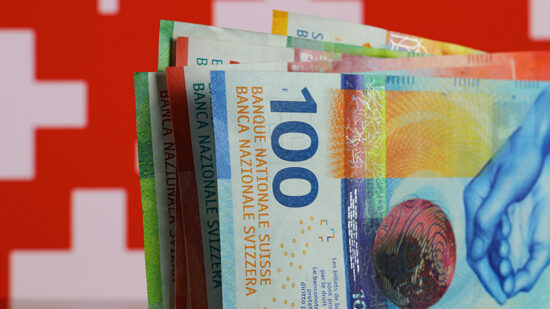MSCI Emerging Markets and ACWI are set to include 233 large cap mainland Chinese stocks (known as A-shares) into their indices. The changes begin on 1 June this year and it is likely to be a long process until this process is complete. Full inclusion of these mainland shares may account for approximately 17% of China A-shares in MSCI’s Emerging Market Index but this could take five years or more. This is nothing new as there was a similar process when both South Korea and Taiwan equity markets were included in the index. South Korean equities took six years to fully include (between 1992 and 1998) and it was five years before Taiwanese equities hit their full weighting (between 1996 and 2001).
After five years of discussions with international investors, MSCI’s decision on A-share inclusion recognises China’s increasing importance in the global economy. Historically, it has been difficult for international investors to trade these shares, but market accessibility has improved in recent years.
The A-shares market is one of the biggest in the world, with more than 3,000 stocks traded. China is home to the world’s second largest economy with a population of 1.3 billion people.
Initial inclusion of China A-shares into various MSCI Indices in June 2018:
| Index | % |
| MSCI China | 1.21 |
| MSCI ACWI | 0.05 |
| MSCI Emerging Markets | 0.40 |
| MSCI Emerging Markets Investable Market | 0.35 |
| MSCI All Country Far East ex Japan | 0.50 |
| MSCI All Country Asia ex Japan | 0.37 |
The inclusion process will begin with a two-step approach in the May and August 2018 index rebalancing. The first stage of inclusion across the indices is expected to lead to approximately $22 billion of capital inflows into these stocks. A-shares (Shanghai and Shenzhen) is an $8trn plus market, so a $22bn inflow accounts for around 0.3% of the market cap. This figure may be $360bn if the full weight is allocated to the ACWI, EM and Asia Indices which both passive and active products measure against.
The China Hong Kong equity weighting in the emerging markets index is currently around 30% so adding a full 17% of China A-share equities will increase the overall weighting in China to almost half of the index.
Governance concerns
However, there are some issues for investors with Chinese equities, including governance concerns and worries over state interference in markets. These were highlighted in 2015, when the government’s attempt to influence equity markets led to extreme volatility in its stock markets. Three years ago, shares listed on China’s main exchanges, in Shanghai and Shenzen, slumped significantly. This followed apparent encouragement of share buying by authorities amongst the general public. Brokers even extending loans to clients so they could buy more shares than their savings would allow. The Chinese authorities then became concerned that the rise was happening too fast and they started to limit margin trading. This resulted in a sharp correction and the main index in Shanghai fell 48% between June and September.
Plunging markets resulted in share suspensions. Companies asked for trading pauses in their equities in an attempt to stop them plunging. Others were suspended temporarily by the rules governing sharp price movements. Positively, authorities didn’t close the market as a whole, and foreign buyers and sellers of exchange-traded funds of Chinese shares were still allowed to carry out these transactions. This partly explains why it has taken such a long time for MSCI to start including the A-shares in its indices.
ETF flows into Chinese equity ETFs this year, excluding Asian investor flows, has been approximately £3bn whereas the emerging markets region ETFs have seen additional flows of new money of around $17bn.







